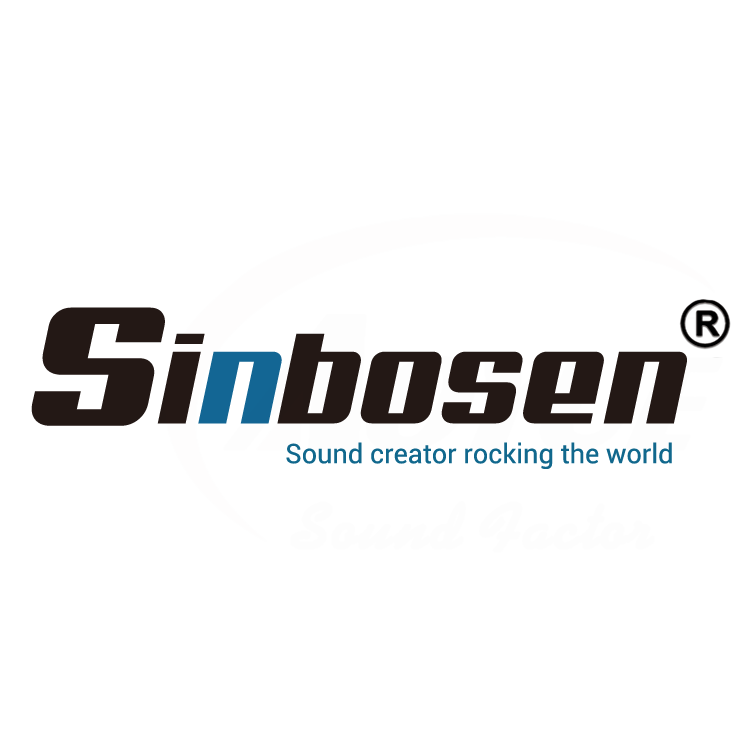Was ist ein Lautsprechertreiber? Wie macht es einen Ton?
: 12067
: 2022-07-26 17:31:51

Most people will call the square box that emits sound in the audio equipment "speaker", and another more professional term will be called Loudspeaker. Since it is called a speaker, it means that its job in the audio equipment is to "produce sound". This process of sound production requires the joint operation of many small parts. The "driver" is a round body that emits sound in a box, usually black, and looks a bit like an eye, and is also the starting point for the sound of the whole set of speakers.
Each speaker must have a driver, which is the most important part. According to the different sounding methods of the driver, it can be divided into moving coil type, inductive type, electrostatic type, flat diaphragm type, aluminum belt type, etc.. At present, 95% of the speakers on the market are "moving coil".
How are voices heard by us?
The "current magnetic effect" gives life to the moving coil driver:
In 1819, Danish physics professor Hans Ørsted (1777-1851) accidentally discovered that a wire carrying an electric current would deflect a nearby magnetic needle, meaning that an induced magnetic field would be generated around the wire carrying the electric current. And the direction of the induced magnetic field will change with the direction of the current flow. This major discovery in the history of physics is the "magnetic effect of current", and it is also the basic principle of the operation of the moving coil type driver.
The Driver operation principle:
The operating power of the moving coil driver comes from the permanent magnet and voice coil in the middle of the driver. When the voice coil is connected to a source whose current direction changes continuously, an induced magnetic field with changing direction will be generated around the voice coil. This induced magnetic field interacts with the magnetic field generated by the permanent magnet, sometimes repelling or attracting each other, causing the voice coil to move up and down.
As the direction of the current changes continuously, the voice coil will reciprocate up and down according to the reverse frequency of the current, and the diaphragm connected to the voice coil will also move up and down, which will push the air to generate density waves, and then emit sound. The faster the direction of the current changes, the higher the frequency of the sound produced, which is how the moving coil driver works.
On the market, "frequency" is used to distinguish moving coil driver. The common types are as follows:
1. Subwoofer: The operating range is approximately 15 Hz to 200 Hz.
Below 30 Hz, it is not easy for the human ear to hear, but the body can feel it. Like the earthquake scene in the movie, or the shock of the rocket launch, the subwoofer has enough volume and impact, which can give the listener a considerable sense of satisfaction.
2. Woofer: The operating range is approximately 30 Hz to 3 kHz.
Generally speaking, the woofer needs a larger volume to produce better performance and vibrate a thick bass, so the diameter of the woofer is more than 8 inches. The 12-inch or 15-inch is the most popular. Common in KTV, stage and other wide places.
3. Midrange driver: The operating range is about 200 Hz to 4 kHz.
The mid-range is the area where the human ear is most sensitive and where the signal source is concentrated. The vocal performance of the midrange driver can often be realistically restored, the timbre is clean and powerful, and people can feel a strong rhythm.
4. Tweeter: The operating range is about 2 kHz to 20 kHz.
Instruments in the source, such as violins, guitars, etc., all contain overtones, so the tweeter must usually be designed to be 20 kHz.
5. Super tweeter: Usually refers to the high frequency that exceeds the upper limit of human hearing by 20 kHz, and the working range is about 4k to 40 kHz.
Can't you just use the driver to make a sound?
After knowing the principle that the single unit moves back and forth according to the "Fleming's left-hand rule", squeezing the air to generate sound, it is inevitable to think, if only the driver can produce sound,Why do speakers on the market always hide the driver inside?
There is an inseparable relationship between the driver and the speaker. When the diaphragm moves forward, the air in front of the diaphragm is squeezed to form dense waves, while the air behind the diaphragm is loose to form sparse waves. Conversely, when the diaphragm moves backwards, dense waves are formed behind the diaphragm and sparse waves are formed in the front.
If you let the driver operate in a naked state, you will feel that the sound signal emitted is very hollow. That's because after the continuous movement of the driver back and forth, the front and rear sound waves react with the diaphragm as the dividing point, and attenuate the volume of each other. The appearance of hollow sound is because the bass wavelength is longer, which makes it easy to weaken each other, leaving only the high-pitched part of the signal, which also makes the sound signal weak.
In order to prevent this from happening, when making speakers, baffles are often used to isolate the space before and after the diaphragm. In order to avoid the situation where the front and rear sound waves cancel each other and thus weaken, the signal can be presented more completely. And speakers made in this way are also easier to hear a more complete sound performance. However, since the wavelength of bass is longer than that of treble, in order to fully present the performance of mid-bass signals, sound waves must be completely blocked through an infinite baffle. However, this is only an idealized situation, and considering the space used, it is impossible to have an infinite baffle. Around the 1920s, the idea of encasing the sound in a loudspeaker emerged, and it is the origin of what is now common.

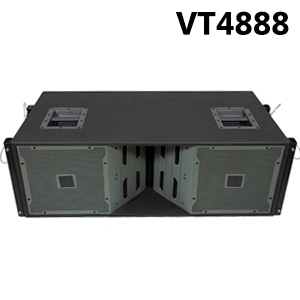 |
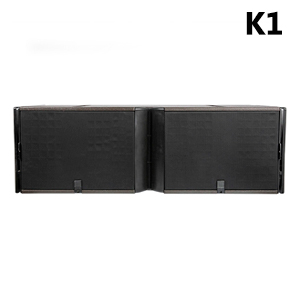 |
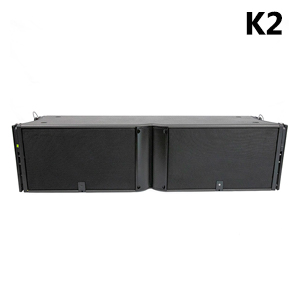 |
 |
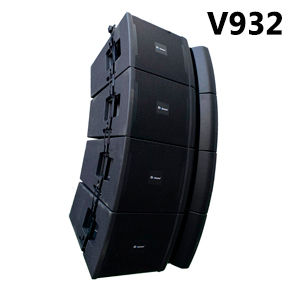 |
 |
